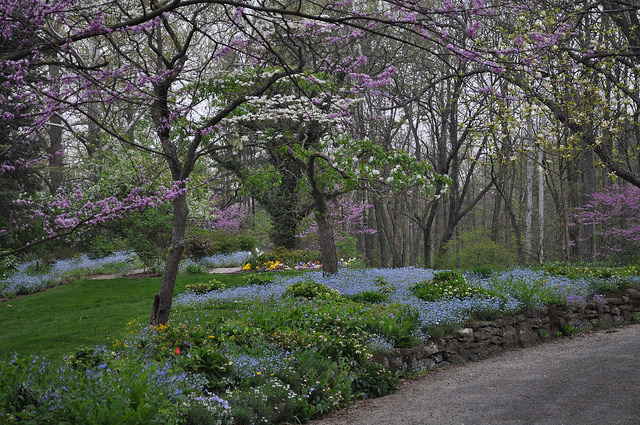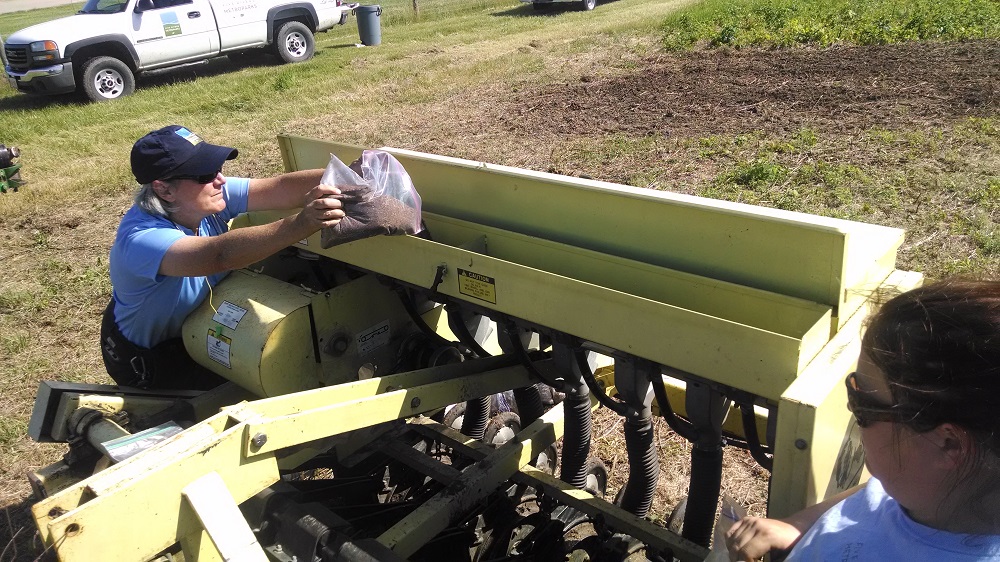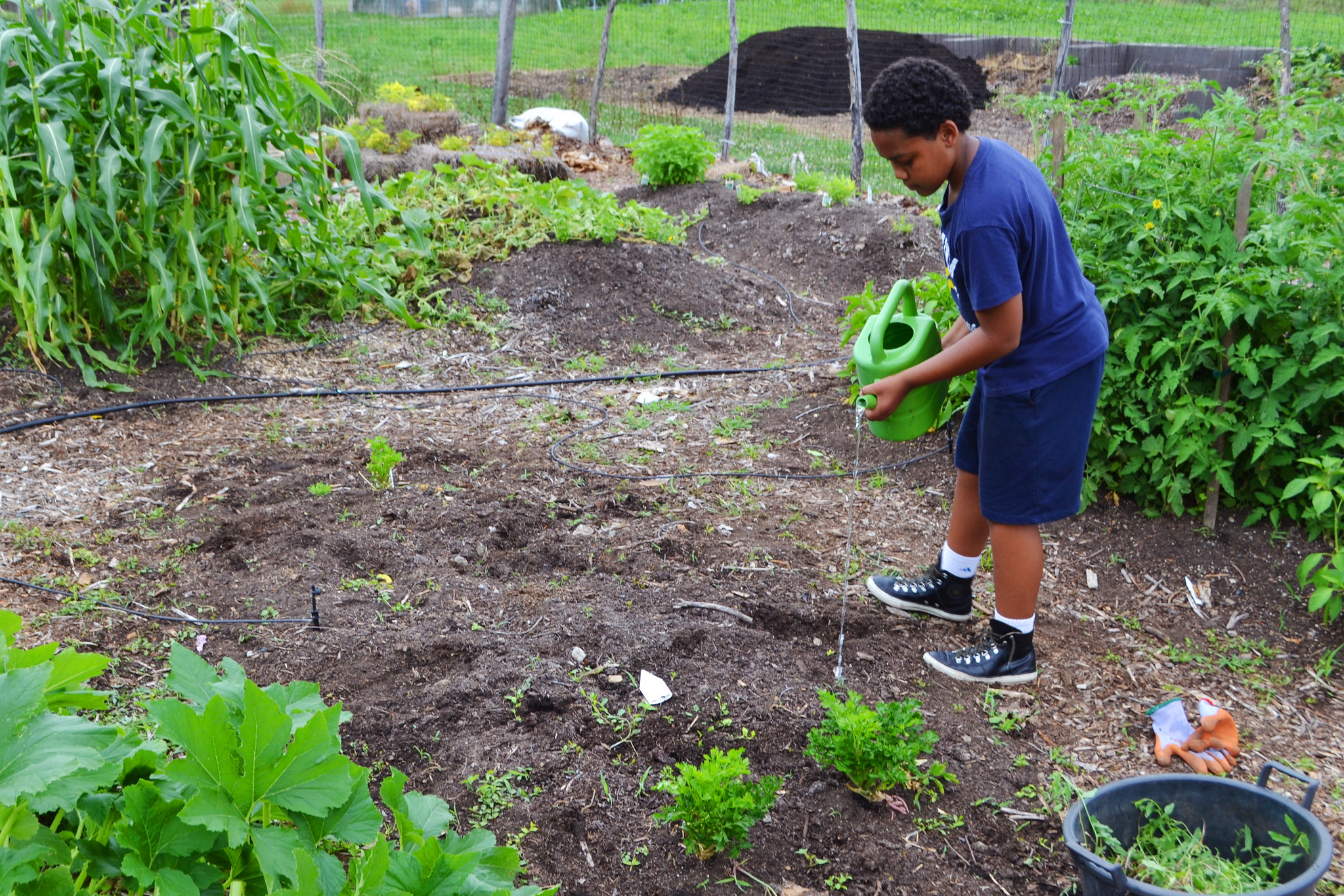Published October 14, 2021
Winter is coming: MetroParks horticulturalists provide tips on how to prep your plants
Heads up! This article was published 3 years ago.
From banana plants to gryphon begonias, you could get lost in the amount of impressive tropical and succulent plants on display at Wegerzyn Gardens MetroPark during the warm weather months. However, these plants cannot grow outdoors once temperatures reach 45 degrees and need to be put in a much warmer environment during the winter.
Moving plants from their impressive outdoor displays to the greenhouse located in the back of the park is a process that includes MetroParks’ horticulture staff and volunteers. There are a variety of steps to ensure plants can remain healthy while stored in the greenhouse over the winter.
If you’re like any of the millions of people who became “plant parents” during the pandemic, you may have tropicals or succulents, too. If you moved your plants outdoors to enjoy the summer weather, some of the practices that our horticulture staff use can be applied to your plants at home.
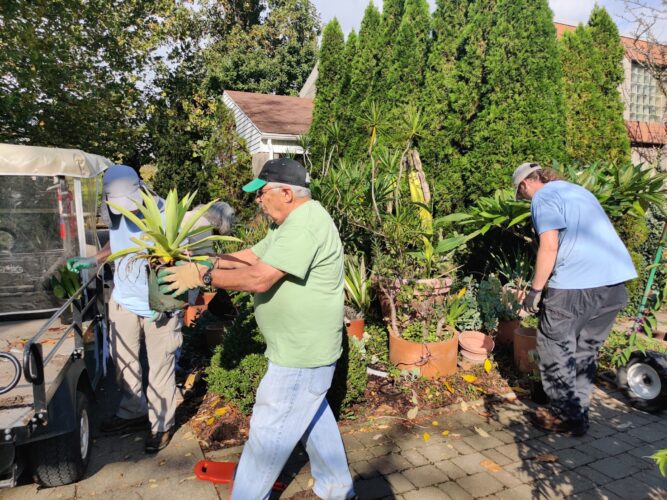
Making moves: When moving plants indoors for the winter, MetroParks staff use a variety of tactics. If plants have been planted in the soil, they have probably grown some. Staff take the plants out of the ground and move them to a potting area for repotting. Since some plants are left in their containers and planted or set in vessels to hide their pots, those can be easily lifted and moved to the prepping area. Volunteers play a big role in helping MetroParks horticulture staff move hundreds of plants from the garden to their prepping area. The heavy potted plants are moved by ball cart, while those that can be easily lifted are loaded onto the back of a flatbed cart and transported back to the prepping area adjacent to the greenhouse.
Do this at home: If planted tropicals or succulents need to be moved indoors over winter, dig them up and take them to a central location to be potted up. Plants that were in containers outdoors during the summer can be moved to a central location where they can be prepped to move indoors.
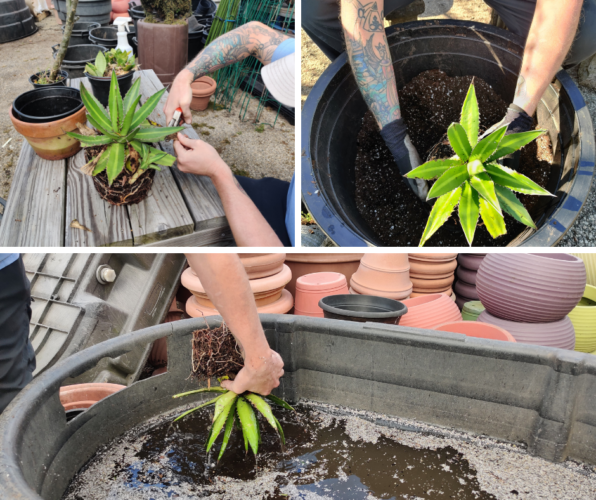
Prep your plants: While moving plants, MetroParks horticulture staff and volunteers can often see what plants need some extra care before heading into the greenhouse. Plants with dying leaves will be cut back. Plants that are outgrowing their pots can be repotted or even split to propagate more plants. This is an excellent time to take a close look at your plants for any insects and diseases.
When the Wegerzyn Gardens MetroParks horticulture staff identify a plant that is diseased or infested with pests, they quickly isolate them to a quarantine area away from other healthy plants. The problem disease or pest is identified and a course of action is taken to help the plant return to a healthy condition.
Before healthy plants find their way into the greenhouse, MetroParks staff submerge them in a wash solution to help the dead leaves float to the surface of the water and it rids them of pests that may be hiding in the soil. Plants too big to be physically lifted into the wash solution are sprayed down. Leaves are saturated with the mixture on the upper and lower side then wiped clean. Staff also take a scrub brush and wash the exterior of the pot to rid it of any unwelcome pests.
Do this at home: If your plants at home grew outdoors during the summer, you may want to consider repotting them before bringing them indoors. Check the type of soil they are potted in and use a similar mix. If plants do not need to be repotted, look at the size of your plant and use one of the two cleaning tactics described above: submerging the plant or spraying. Make sure to wipe down not only your plant but the pot too. There are lots of products out there that you can buy but the horticulturalists at Wegerzyn use a solution with the ratios of 2 tbs. all-natural fragrance and dye-free dish soap, 2 tbs. plant-based oil and 1 gallon of water. You can add a few drops of peppermint oil to the solution if you want.
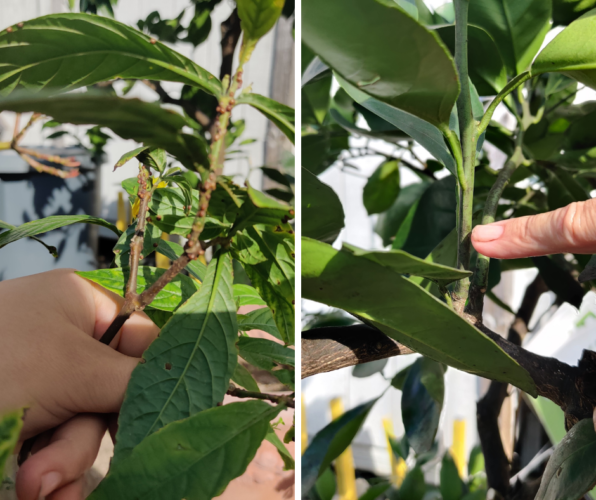
MetroParks Pro Tip: If your plants are affected by harmful insects, such as spider mites or mealybugs, consider separating them from the healthy plants and giving them an additional treatment based on the kind of infestation. Sometimes that can be simply wiped down with an alcohol swab and other times you may need to use a chemical application.
Winter ready: MetroParks greenhouse is well ventilated and temperature controlled, which enables plants to remain in a hospitable environment during the winter. Some of Wegerzyn Garden MetroPark’s tropical plants, such as elephant ears, are actually tubers that can be dug up, cleaned and stored. Others, such as canna’s are left in the ground until after the first hard frost. These plants are then dug up, cleaned, packaged in crates to be stored in the cool basements at other MetroParks facilities.
Plants in the greenhouse are inspected, fed and watered throughout the winter, ensuring they are healthy and can be reintroduced to Wegerzyn Gardens MetroPark during the warm weather months.
Do this at home: While you may not have a greenhouse in your backyard, many tropical houseplants can successfully spend winter months indoors if they have enough light, food and water. Plants that only thrive in high light will need to be adjacent to a window, low light plants won’t necessarily need to sit on your windowsill.
Depending on your plants, you may want to consider extra lights indoors or humidifiers to help get them through the long winter months. This plant home hack became popular last winter, for example.
What now?: Because Wegerzyn Gardens MetroPark’s landscapes have something beautiful year-round, staff think seasonally. After tropicals are removed, spring bulbs are planted in areas around the park in preparation for visitors and special events – such as weddings – in the spring. Subsequently, fall and winter displays are put out in the gardens, so there is always something new and seasonal year-round.
Do it at home: In preparation for the next growing season, now is a great time to plant bulbs. You can use the standard tulips varieties or try naturalizing your landscape with native bulbs like Dutchman’s breeches. Both will bring bright pops of color to your yard come spring.
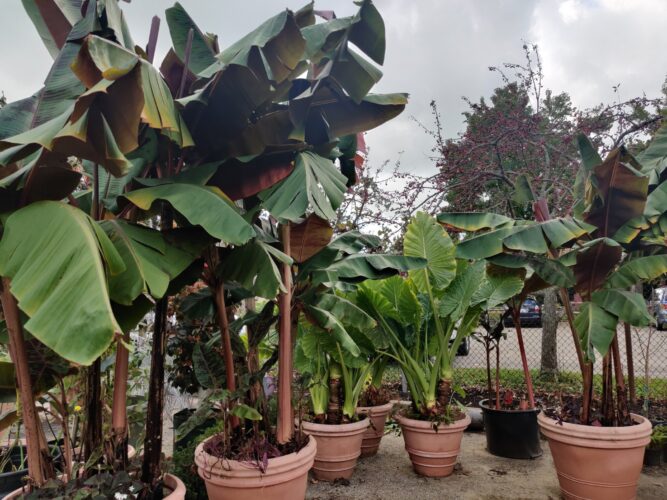
Taking the time: It takes an incredible amount of time to move, prep and care for plants that live in the greenhouse during the winter – and all the gardens year-round. MetroParks works hard to keep its plants thriving because many of the park’s plants have the potential to live for years, grow impressively and are costly to replace. Additionally, when plants are well cared for, they can be propagated, which means more plants for parkgoers to enjoy during their visits.
MetroParks Pro Tip: House plants can be an expensive hobby, which is more reason to learn about your plants and spend the time to care for what you have. If you are new to caring for tropicals/succulents in your home, consider a few seasons of caring for your existing plants before growing your collection exponentially or making a big purchase, such as a Thai constellation monstera.
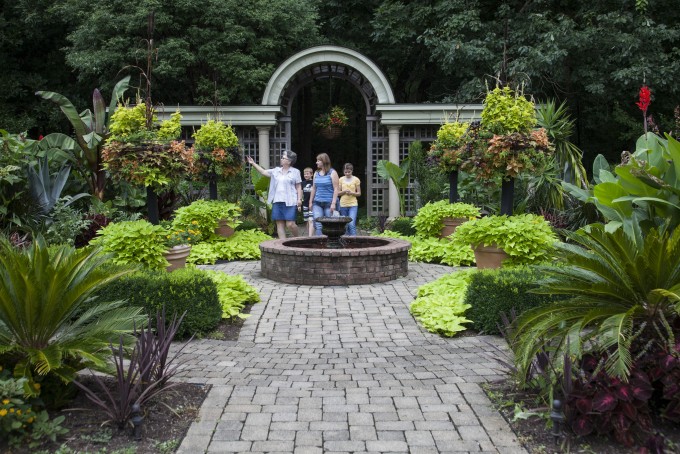
More about the gardens at Wegerzyn Gardens MetroPark: Wegerzyn Gardens MetroPark is home to an Arbor Garden, English Garden, Victorian Garden, Federal Garden, Children’s Discovery Garden, Swamp Woods, North and South Plaza’s, Garden Green and a prairie that surrounds the Living Room sculpture. There is also a huge collection of witch hazels that border the formal garden area. The Arbor Garden, which began as a Rose Garden, currently features both native and non-native blooming plants. The Federal, English and Victorian Garden are historic gardens, reminiscent of what you would have found during those typical time periods. The North and South Plazas are great places to have lunch or read a book. The Garden Green is a fun place to take a stroll. The witch hazels are beautiful in late October and late February when they are in bloom. The Children’s Discovery Garden is filled with plants that excite the five senses, encouraging children to get up close to explore plants, play and learn.
The gardens planted are purposeful, with a focus on educating the public about the benefits – and sometimes the challenges – of adding particular plants to your garden. Learn more about Wegerzyn Gardens MetroPark and plan a visit by visiting www.metroparks.org/wegerzyn.


